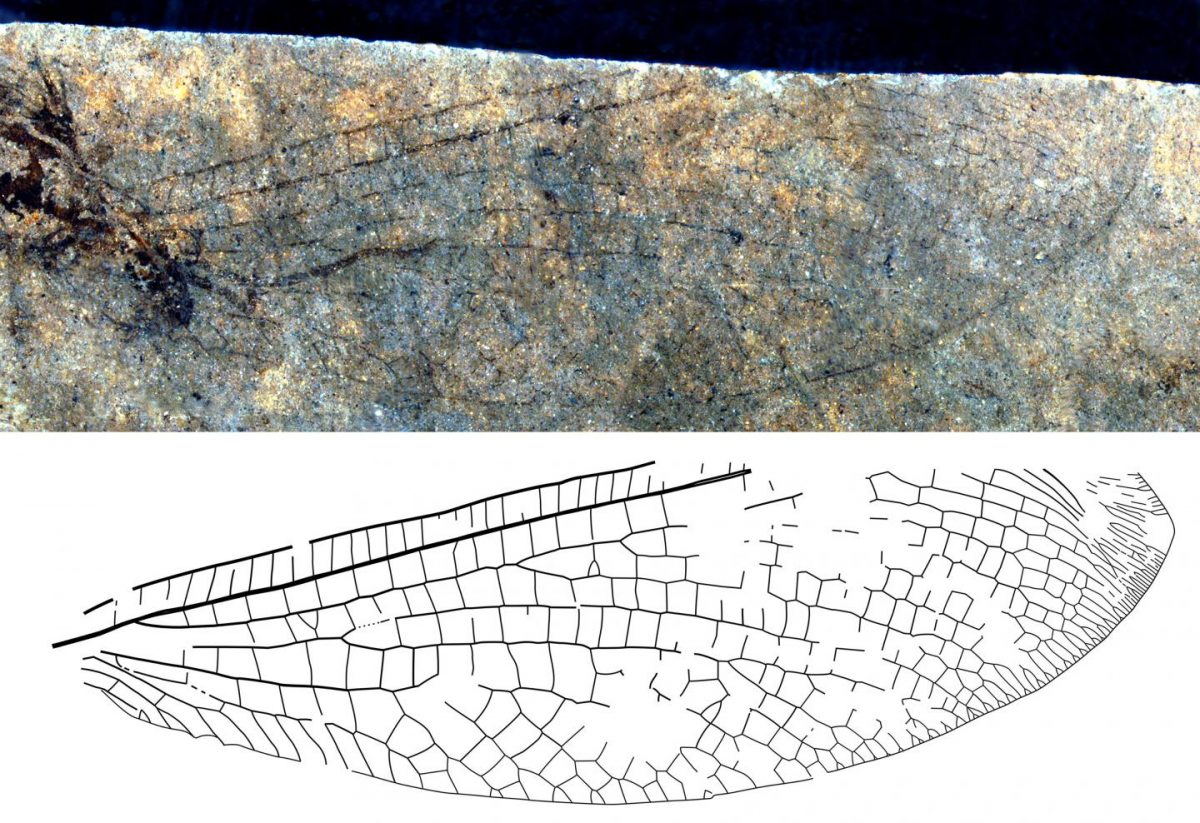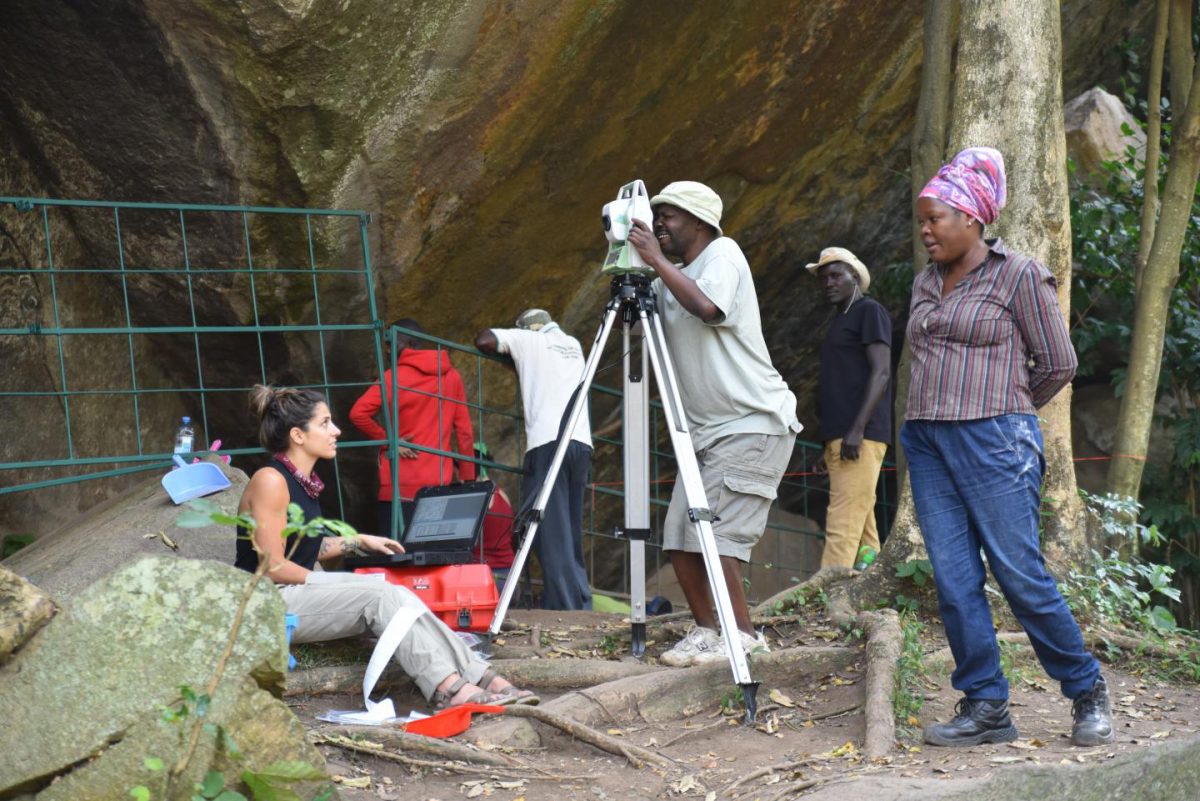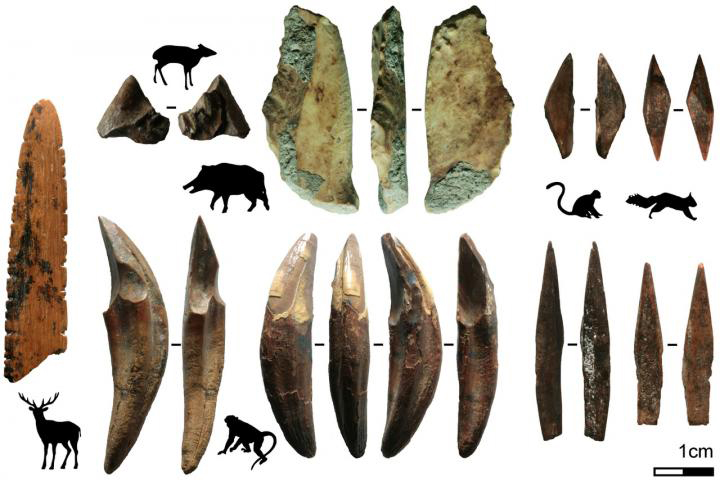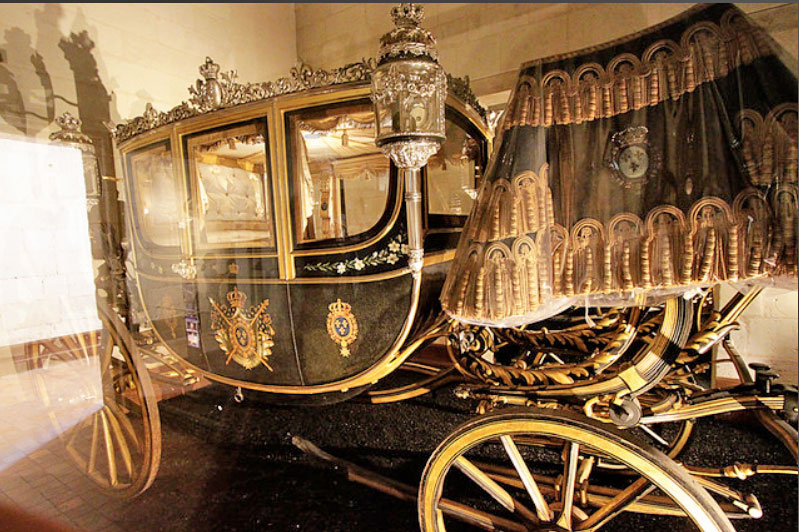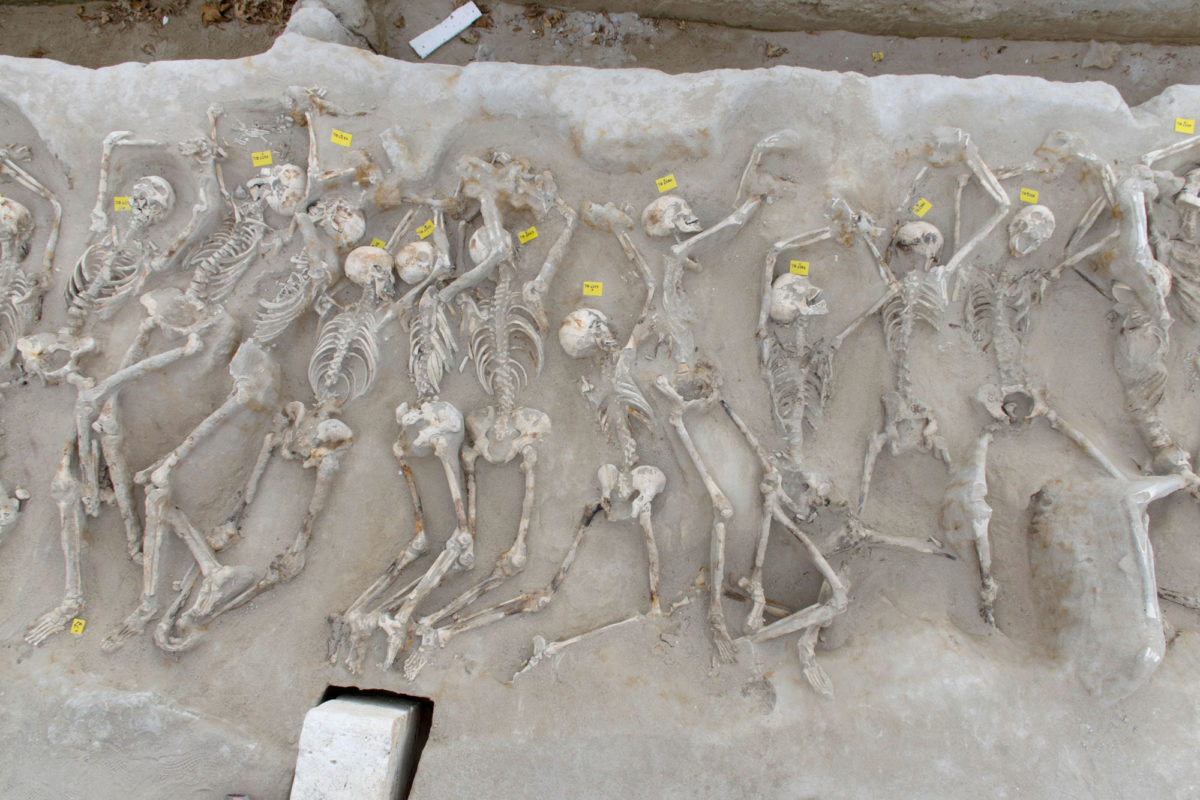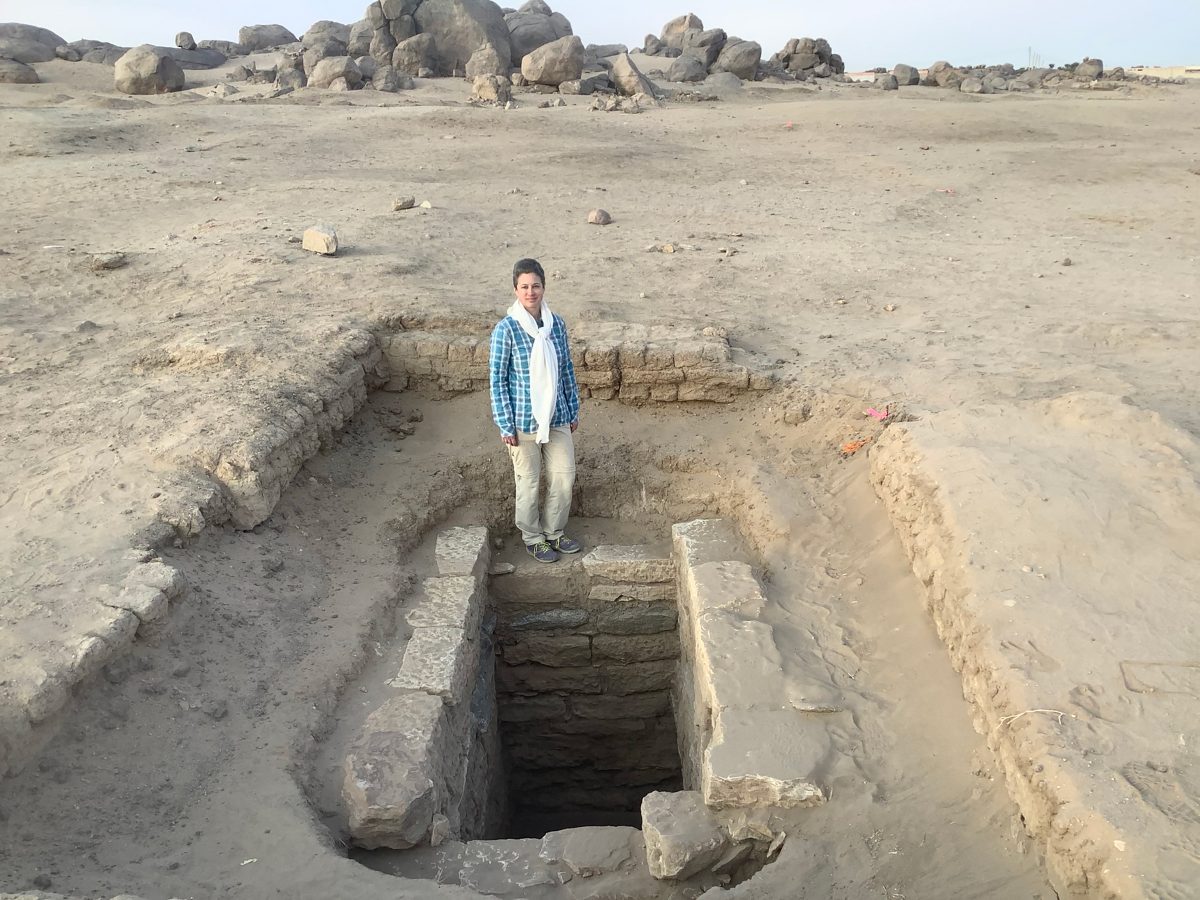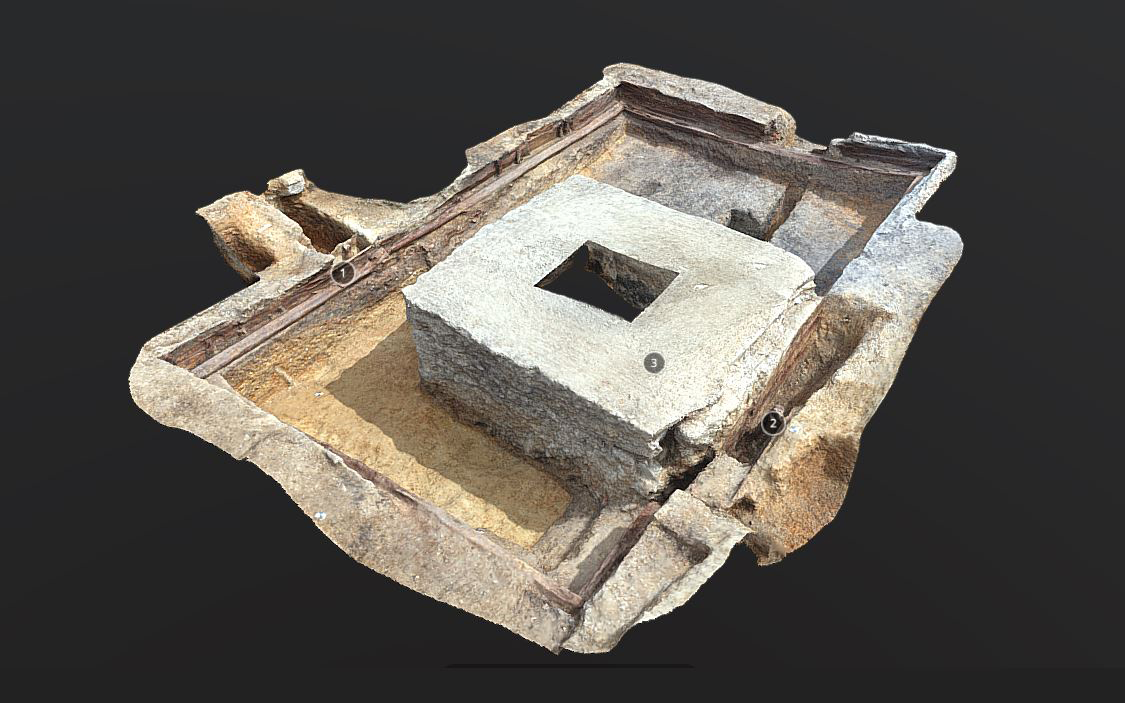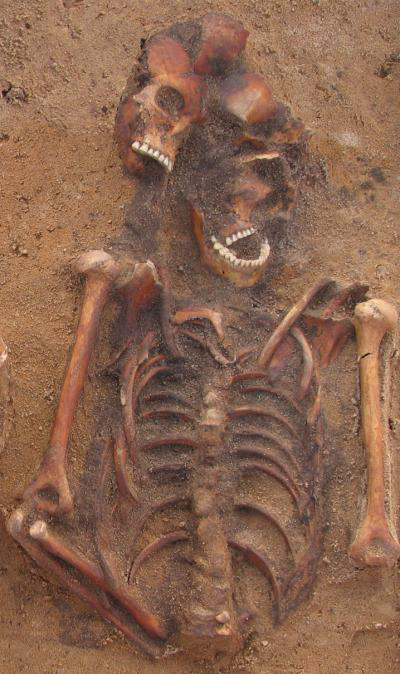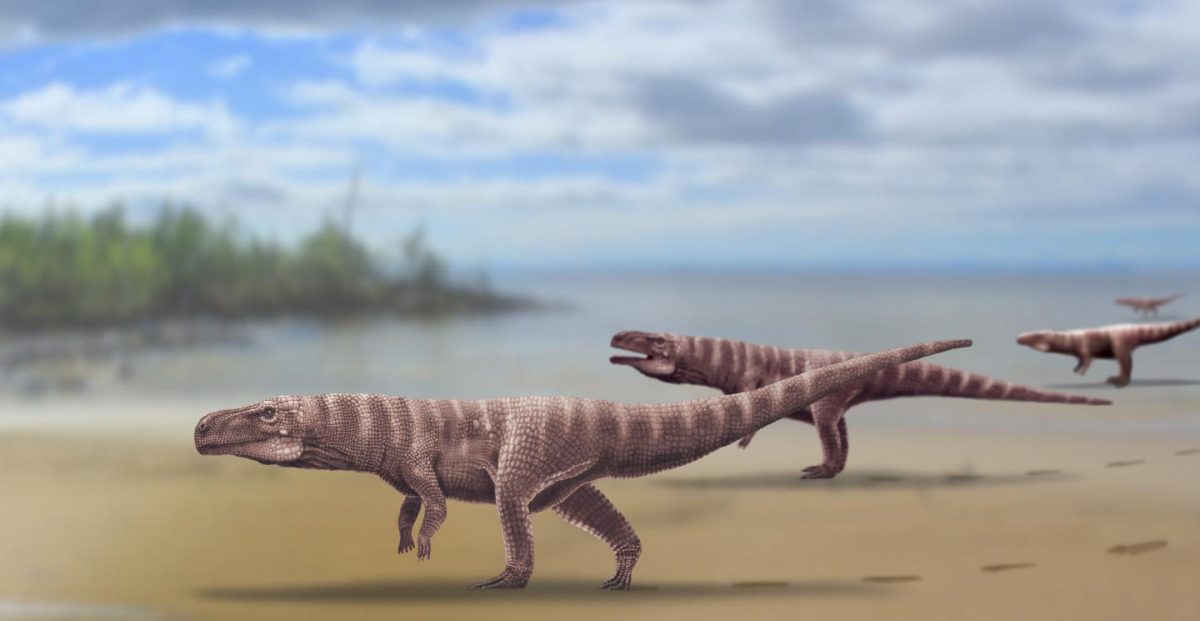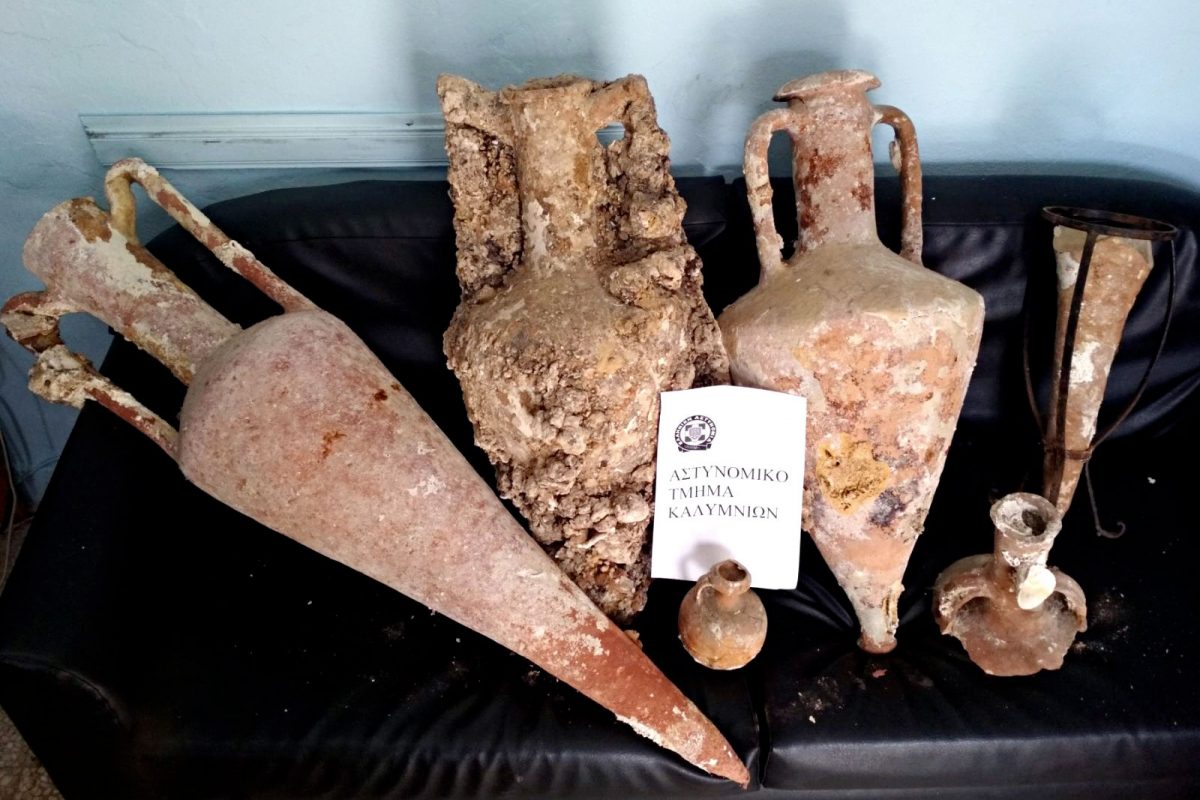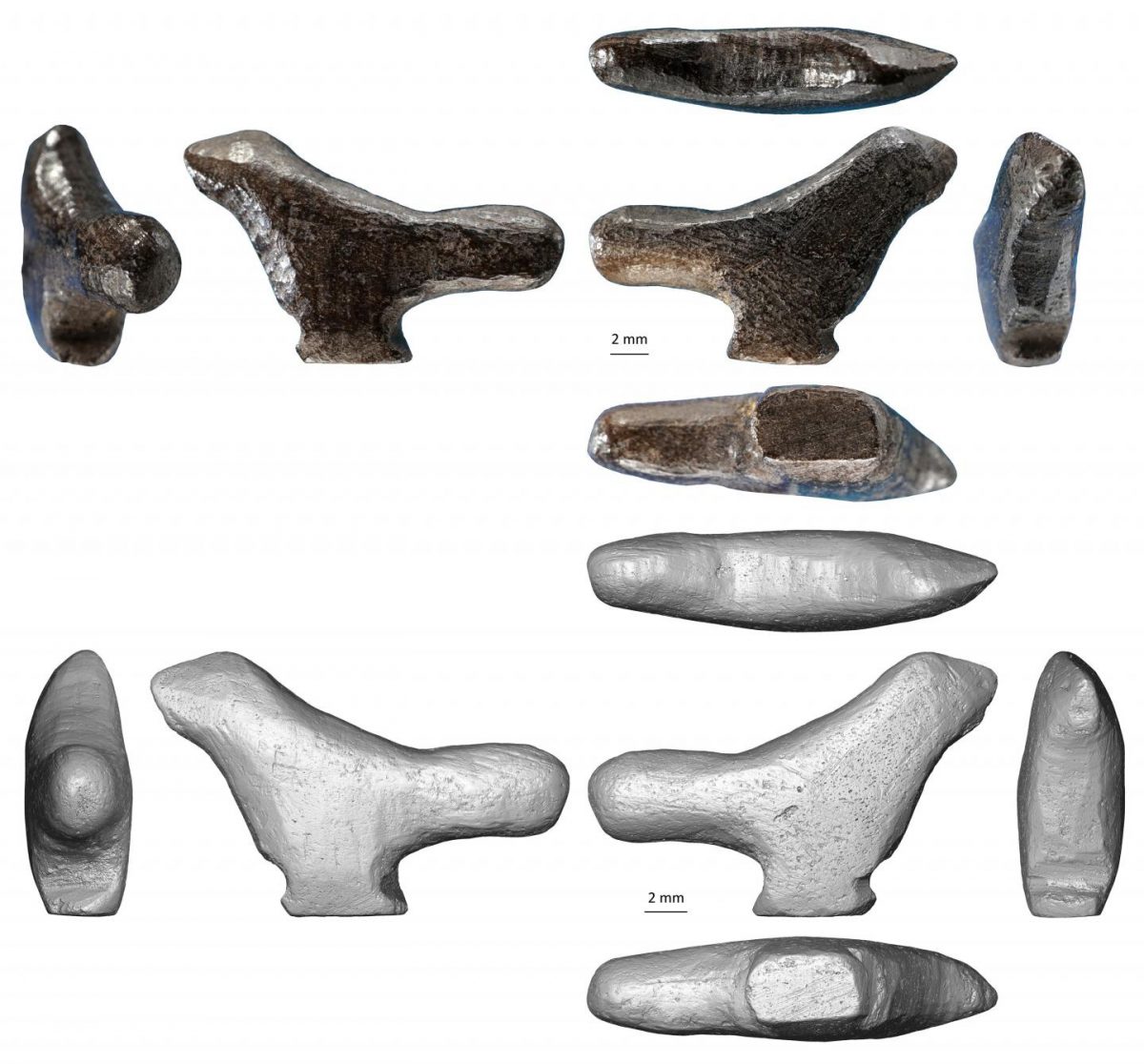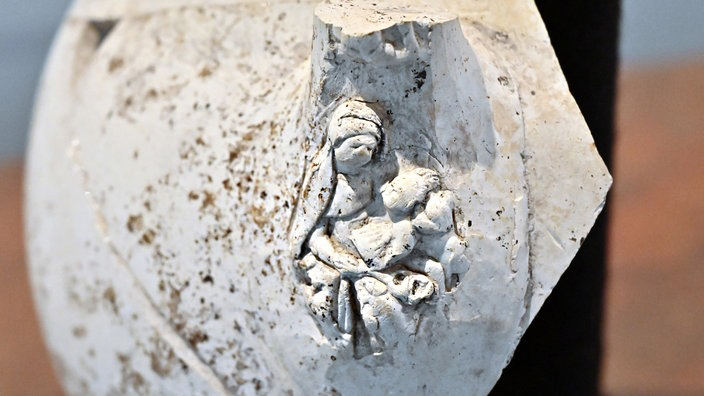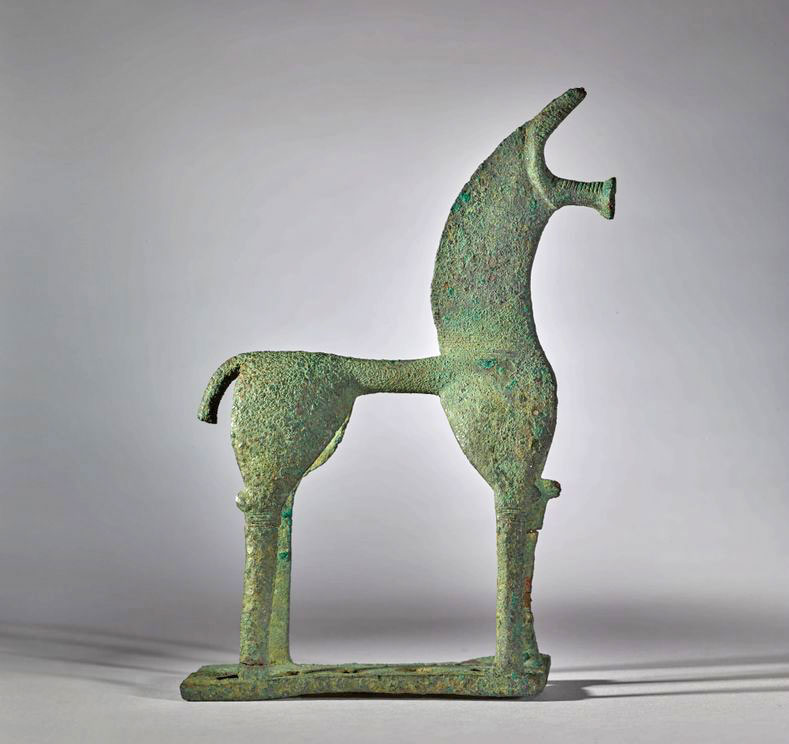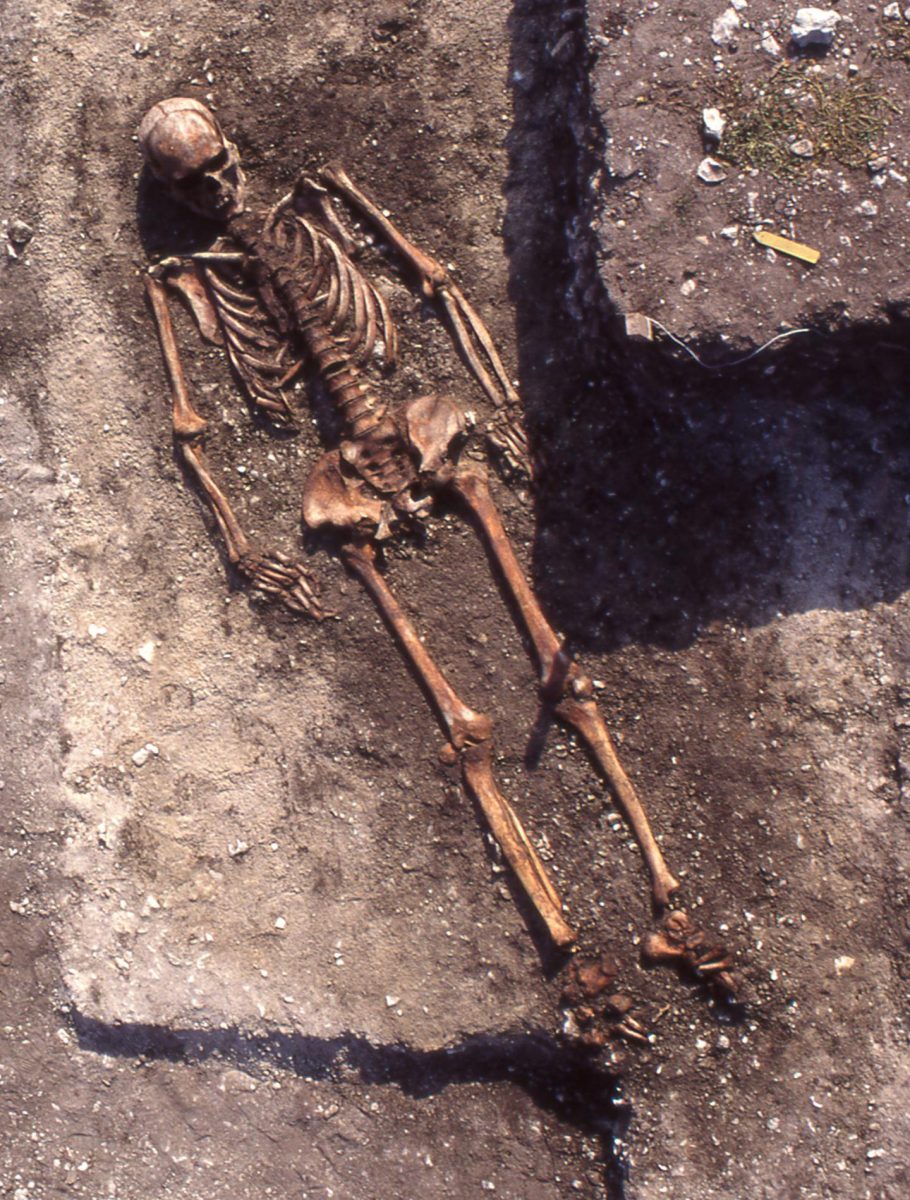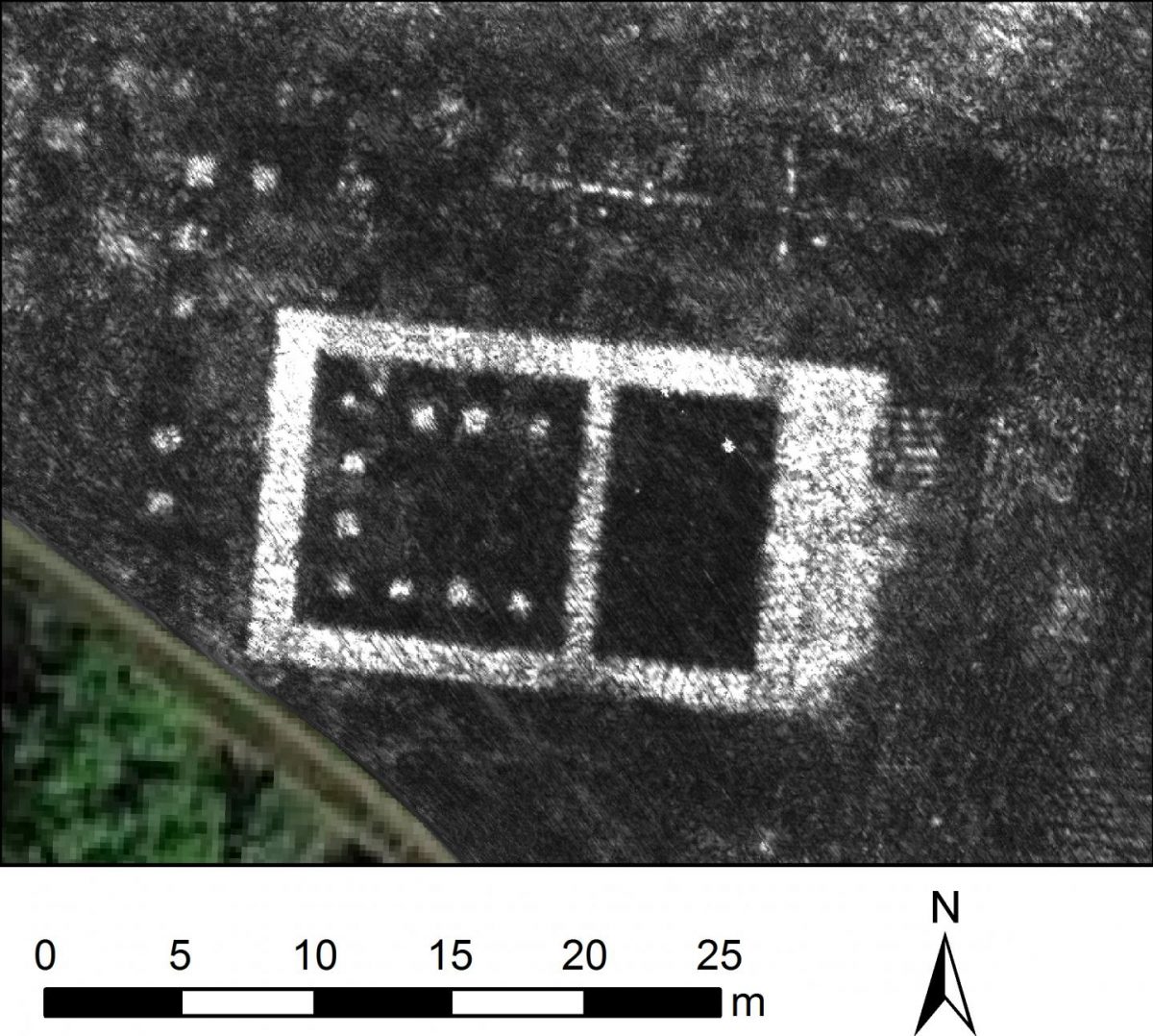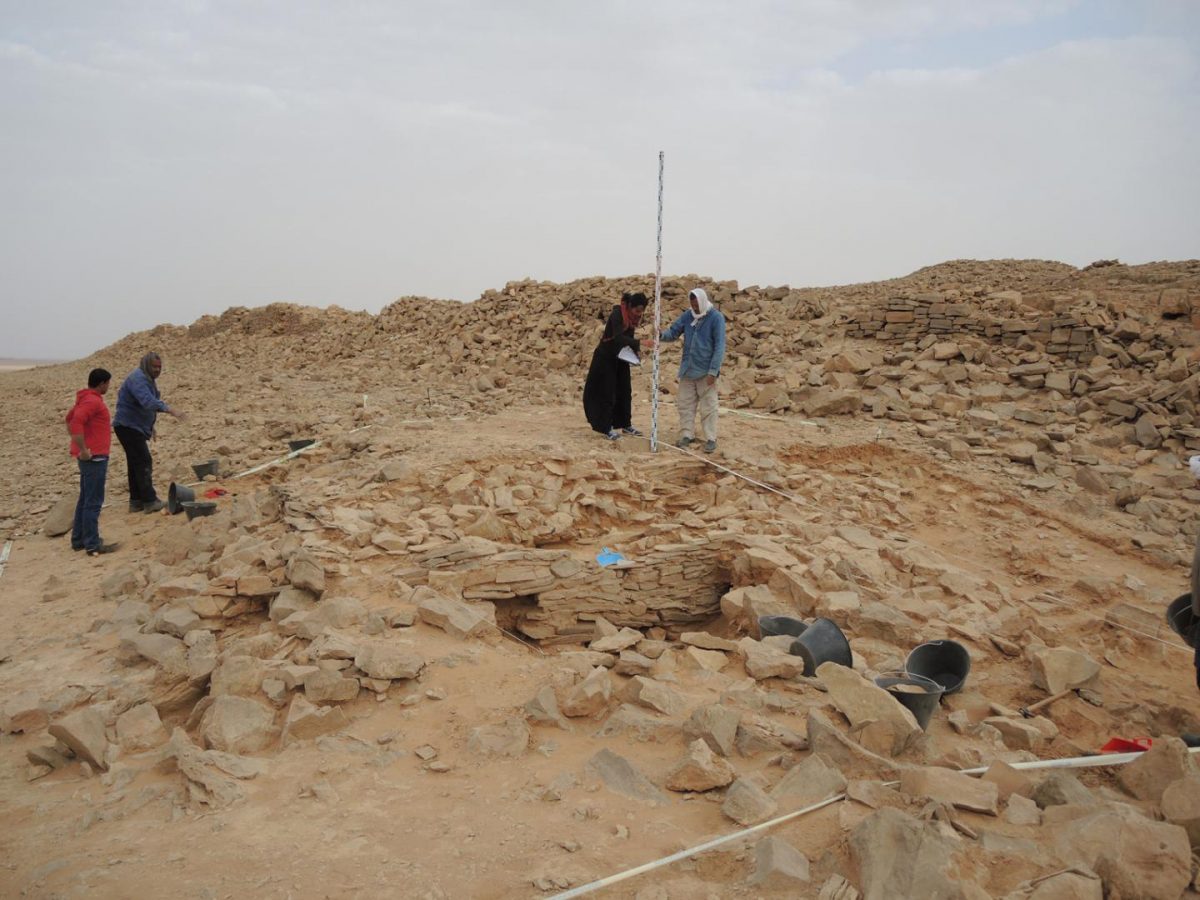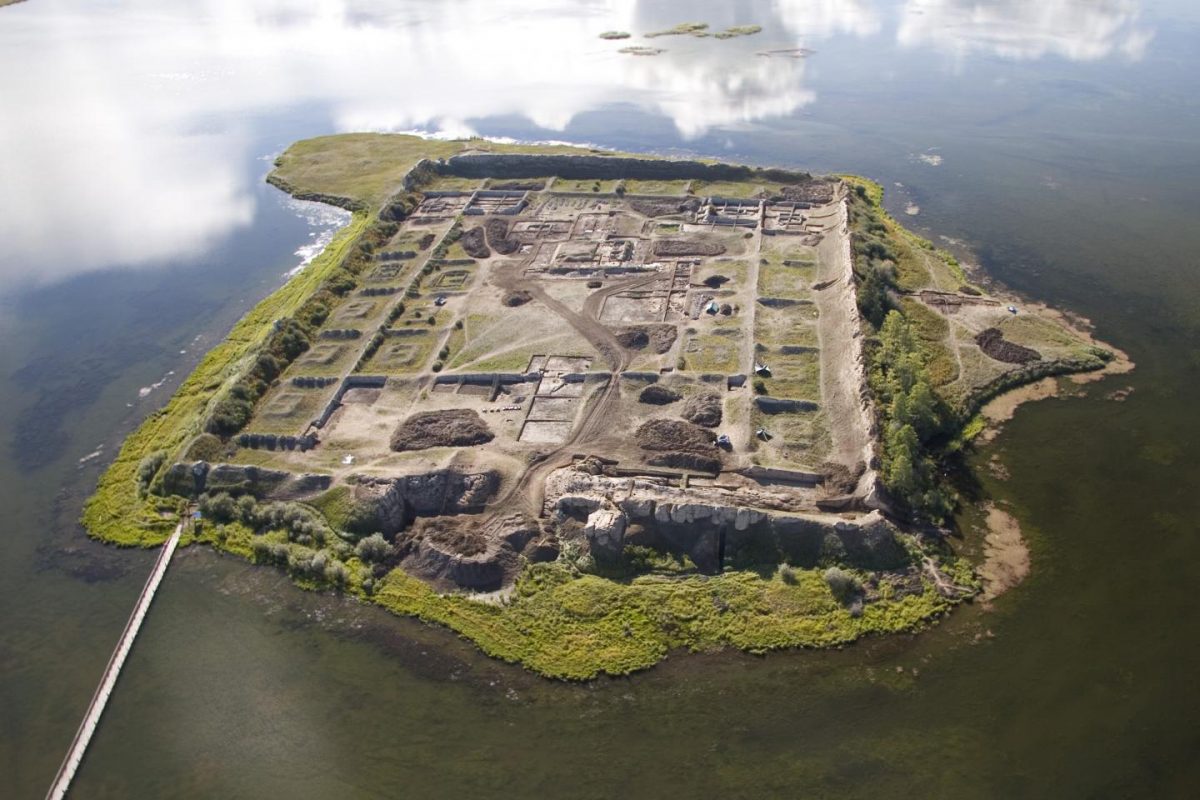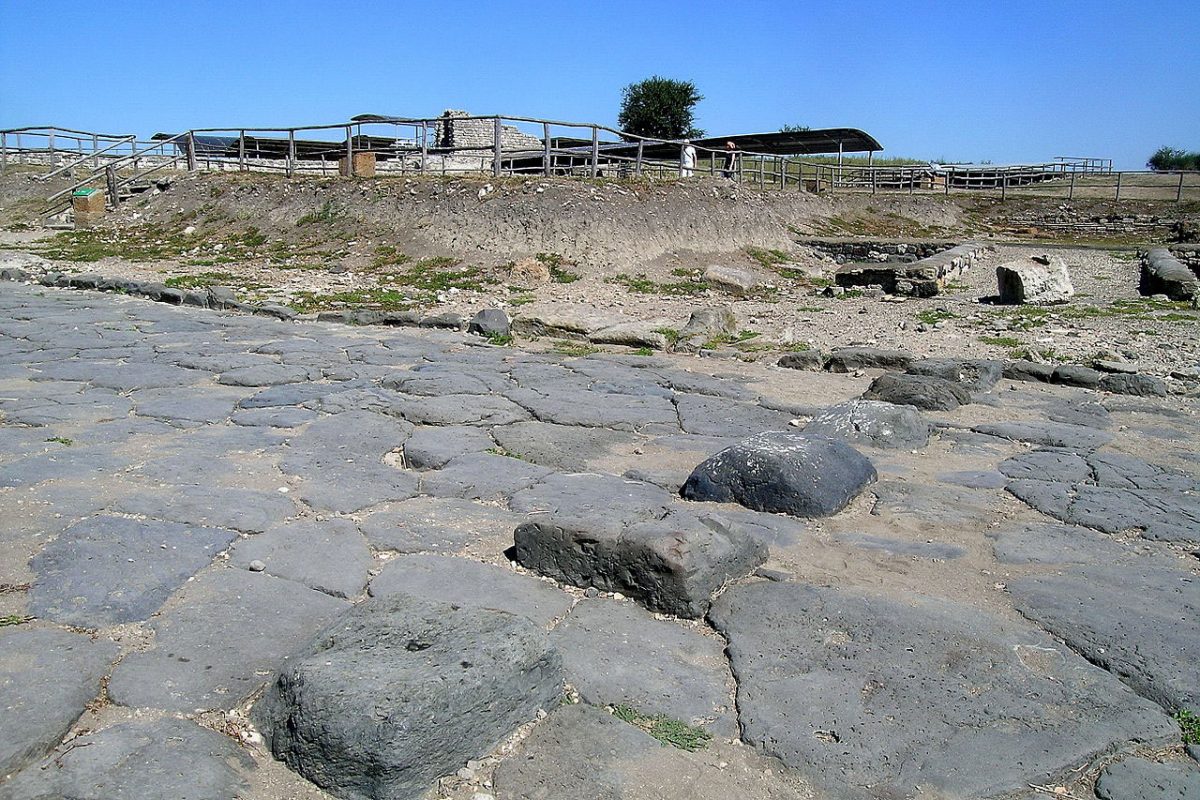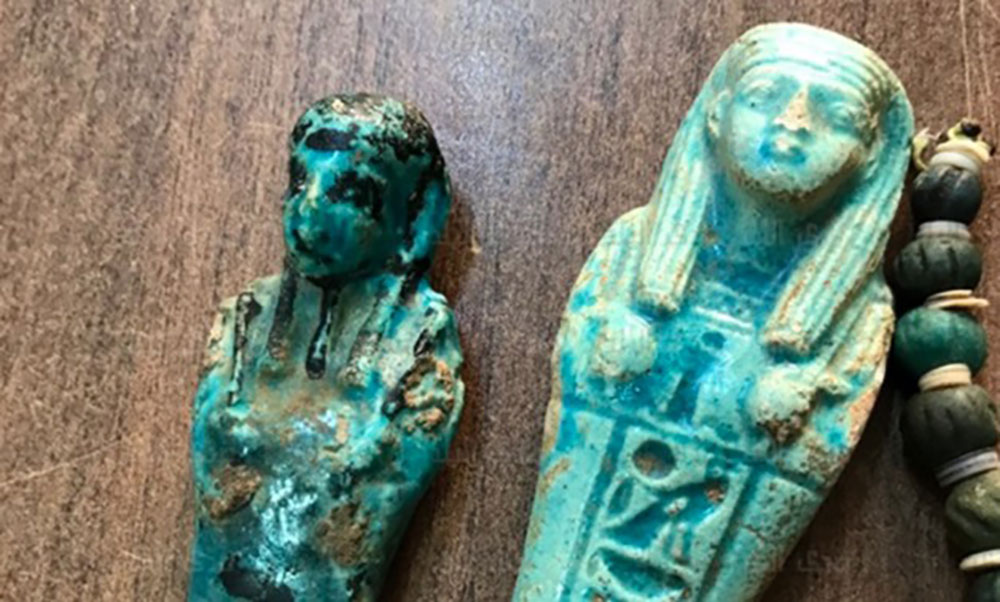Fossil discovery shows 50 million-year-old Canada-Australia connection
The discovery of a tiny insect fossil is unearthing big questions about the global movement of animals and the connection to changes in climate and shifting continents across deep time.
Mixture and migration brought food production to sub-Saharan Africa
Team of researchers from Africa, Europe, and North America sampled key African regions in which current models predict a legacy of significant population interactions.
Discovery of oldest bow and arrow technology in Eurasia
New archaeological research demonstrates earliest projectile technology in the tropical rainforests of Sri Lanka.
The royal carriages have been found by services of the Ministry of Culture
The Association of Friends of the Tatoi Estate noted that this development ensures the creation of a Royal Carriage and Cars Museum at Tatoi.
The Phaleron Captives’ bioarchaeological research report is now free online
Bioarchaeological field analysis of human remains from the mass graves at Phaleron, Greece, by Anne Ingvarsson and Ylva Bäckström.
Reopening of the Museum of Byzantine Culture
The Museum of Byzantine Culture is pleased to reopen its doors to the public from Monday, 15 June, daily with extended working hours from 08:00 to 20:00.
Understanding cultural identity, interactions in ancient Nile River Valley
What can tooth enamel tell us about an individual – or an entire civilization – of 3,000 years ago in the Nile River Valley?
Archaeologists may have discovered London’s earliest playhouse
The elusive remains of what is thought to be the earliest Elizabethan playhouse, known as the Red Lion, were discovered by Archaeology South-East, part of UCL's Institute of Archaeology.
Tropical disease revises the history of a pathogen related to syphilis
Genomic analysis of plague victims from a mass burial in Lithuania identifies a medieval woman who was also infected with yaws - a disease today found only in the tropics.
Ancient crocodiles walked on two legs like dinosaurs
An international research team has been stunned to discover that some species of ancient crocodiles walked on their two hind legs like dinosaurs and measured over three metres in length.
Arrest on Kalymnos for illegal possession of antiquities
Three intact clay amphorae were confiscated, the upper and lower parts of a clay amphora and a one handled clay prochous (jug).
Discovery of the oldest Chinese work of art
Carved from burnt bone, this miniature bird statuette is the oldest known Chinese work of art, according to an international team involving the CNRS.
Unusual find: Archaeologists discover depiction of goddess Isis
In the relics of a military camp archaeologists discovered an artifact with a female figure in raised relief.
Greek Ministry of Culture wins landmark cultural heritage case
The Second Circuit determined that the core act carried out by the Ministry – sending a letter asserting ownership over the figurine – was of a sovereign nature.
Meteora: rare and awe inspiring monastic architecture
According to historians, the first hermits climbed the rocks of Meteora in the late 11th and early 12th century.
DNA increases our understanding of contact between Stone Age cultures
In a new interdisciplinary study, researchers have combined archaeological and genetic information to better understand Battle Axe cultural influences discovered in graves of the Pitted Ware culture.
Entire Roman city revealed without any digging
Discovery of a bath complex, market, temple, a public monument unlike anything seen before, and even the city's sprawling network of water pipes.
Discovering the prehistoric monuments of Arabia
Scientists have discovered a 35-metre long triangular platform in the oasis of Dûmat al-Jandal (northern Saudi Arabia).
Construction of Uyghur complex dated to the year 777
Scientists at the University of Groningen, together with Russian colleagues, have pinned the date for the construction of an eighth-century complex in southern Siberia to a specific year.
Etruscan tomb of a child excavated in Vulci, Italy
An Etruscan tomb hosting the burial of a child has been excavated in the Archaeological Park of Vulci, Italy. With the Archaeological Park in Vulci open since May 18, the longstanding archaeological research in the Park’s Necropolis of Poggetto Mengarelli
The Museum of Underwater Art is ready in Australia
The only exhibit in the museum visible above sea level is the sculpture "Ocean Siren".
Authorities in Egypt seized antiquities
Necklaces, statues, scarabs, copper coins and amulets depicting ancient Egyptian deities and sacred animals.
Two new extinct primate species found in the Ethiopia site of Gona
Pliopapio alemui and Kuseracolobus aramisi, two different new primate species dated between 4.8 and 4.3 million years ago known only from Gona and the Middle Awash study area in Ethiopia.
The Acropolis is ready for a tourism compatible with the coronavirus
The French newspaper Le Figaro pays tribute on its website to Athens and the sacred rock of the Acropolis.
